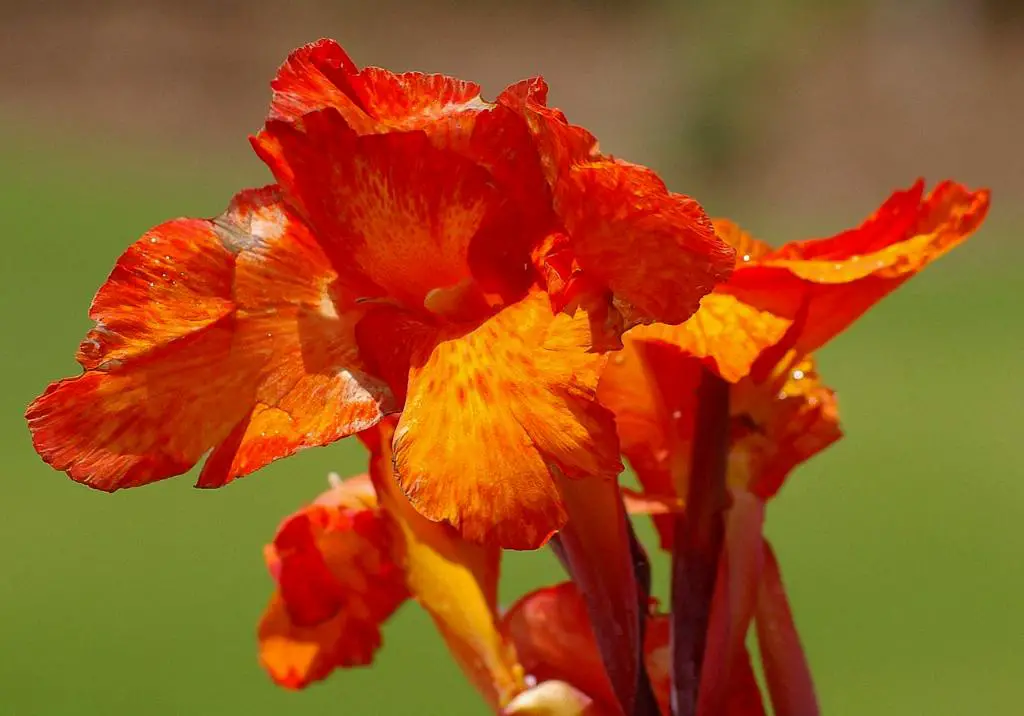Transplanting cannas in the summer can be a bit tricky but not impossible. While it’s generally recommended to transplant them during their dormant period in the late fall or early spring, there are instances when you might need to move them during the summer months. Here’s what you need to consider when deciding whether to transplant your cannas in the summer:
Consider the Impacts on Plant Growth
Transplanting cannas during the summer can potentially affect their growth and flowering. The shock of being uprooted and moved during their active growing season may cause them to focus more on acclimating to their new environment rather than flowering. This could result in a delay or complete halt in their blooming cycle.
Optimal Transplanting Practices
If you must move your cannas during the summer, there are certain steps you can take to minimize the stress on the plants. Make sure the soil around the cannas is adequately moist before digging them up. This will help maintain the root system and reduce shock during the transplantation process.
Ensuring Successful Transplantation
When digging up your cannas, try to keep the clump as intact as possible. This means digging up a large portion of the root ball to preserve as much of the existing root system as you can. This will aid in the plant’s recovery and reduce the risk of transplant shock.
Post-Transplant Care
After transplanting your cannas, it’s crucial to provide them with the right care to help them adjust to their new location. Keep the soil consistently moist, but be careful not to overwater, as this can lead to root rot. Monitor the plants closely and water them as needed.
Trimming and Maintenance
If you notice that the tops of your cannas are beginning to decline after transplantation, you can trim them back to allow the plant to focus its energy on root development. Trimming should only be done if necessary, as it may further stress the plant.
Monitoring Progress
Keep a close eye on your transplanted cannas in the weeks following the move. Watch for signs of distress such as wilting, yellowing leaves, or stunted growth. Address any issues promptly to give your plants the best chance of recovery.
Expected Bloom Times
It’s important to manage your expectations when transplanting cannas in the summer. Due to the potential shock and adjustment period, the plants may take longer to bloom than usual. Be patient and give them time to acclimate to their new environment.
Considering Alternative Timing
If possible, it’s best to wait until the fall or early spring to transplant your cannas when they are entering or exiting their dormant period. This will minimize the stress on the plants and give them the best chance of thriving in their new location.
Consulting a Gardening Expert
If you’re unsure about the best course of action for transplanting your cannas in the summer, don’t hesitate to seek advice from a gardening expert or local nursery. They can provide guidance specific to your region and the individual needs of your plants.
Final Thoughts
While transplanting cannas in the summer may be challenging, with the right approach and care, it can be done successfully. By following these guidelines and closely monitoring your plants, you can help them adjust to their new surroundings and continue to thrive in the long run.

